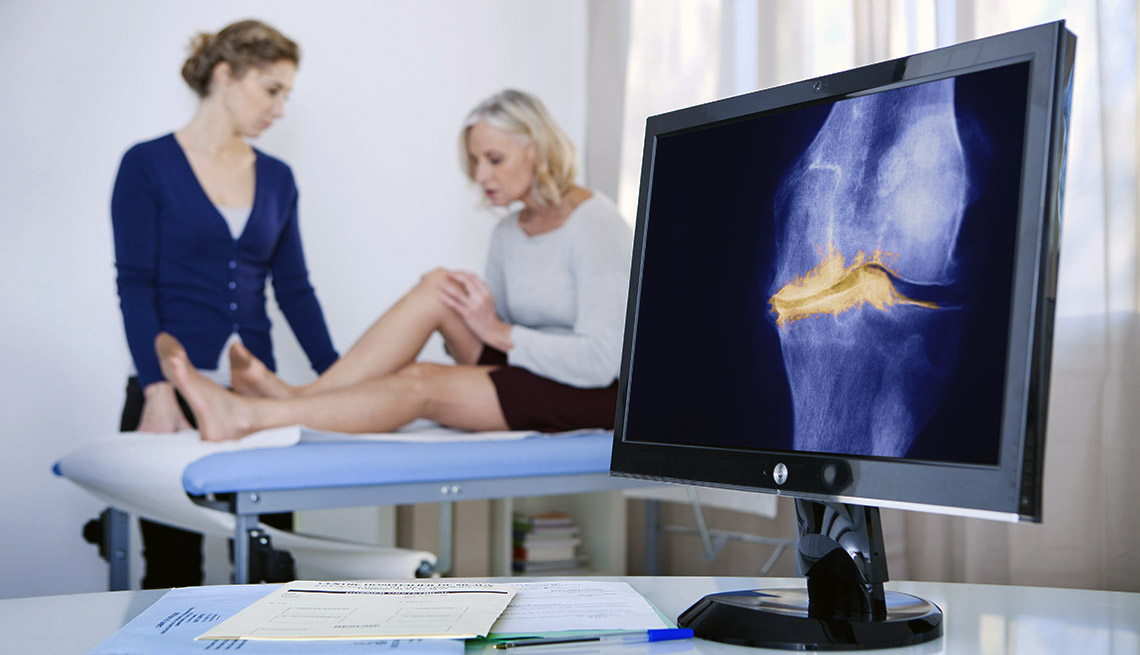
Health problems that strike after 50
- Select a language for the TTS:
- UK English Female
- UK English Male
- US English Female
- US English Male
- Australian Female
- Australian Male
- Language selected: (auto detect) - EN
Play all audios:

3. DIABETES While you’re getting your blood checked for cholesterol, your health care provider may also screen you for diabetes — another common condition that creeps up in your 50s and
can wreak havoc on your health. More than 37 million Americans have diabetes — the vast majority have type 2 diabetes — and those in middle age are most at risk, according to the CDC. An
additional 96 million Americans have prediabetes, or higher than normal blood sugar. Diabetes can often be managed with lifestyle changes, including a healthy diet and physical activity.
“Sometimes we need to add some medications as well” to help control blood sugar (glucose) levels, says Kate Lorig, professor emeritus at the Stanford University School of Medicine and a
partner at the Self-Management Resource Center. As with high blood pressure and cholesterol, the warning signs of diabetes are often silent, which is why it’s important to get screened.
If left untreated, diabetes can lead to a host of health conditions, including kidney disease, vision loss and heart disease. 4. ARTHRITIS One condition that pops up in your 50s but is
regularly overlooked or dismissed is arthritis — especially osteoarthritis, which Tipirneni refers to as “the wear-and-tear-type of arthritis” that occurs when the joint cartilage between
bones is damaged or breaks down. “It can be very aggravating even younger than age 50, but especially over age 50, we see pain associated with that is coming up more and more,” she
says. If you notice joint pain or stiffness from daily activity, talk to your health care provider. You’ll want to make sure it’s not rheumatoid arthritis, which is an autoimmune and
inflammatory disease. Treatment for osteoarthritis runs the gamut. Increasing physical activity can help prevent further pain or disability, Tipirneni says. Your health care provider may
also recommend over-the-counter or prescription pain relievers to alleviate discomfort. 5. OSTEOPOROSIS Women in particular need to pay attention to their bone health once they hit 50 —
that’s when osteoporosis, or the weakening of the bones, becomes most common. In fact, almost 20 percent of women 50 and older have osteoporosis, the CDC says. That’s because one of the
risk factors for osteoporosis is being postmenopausal, explains Lucy McBride, M.D., a Washington, D.C.-based internist. “When you stop making estrogen, your bone density typically goes
down,” she says. The average age for menopause among women in the U.S. is 51, according to the Mayo Clinic. Weight-bearing exercises — walking and upper-body strength training, for
example — can help reduce your risk for developing osteoporosis. So can paying attention to your calcium intake and vitamin D levels, both of which are important to bone health.
